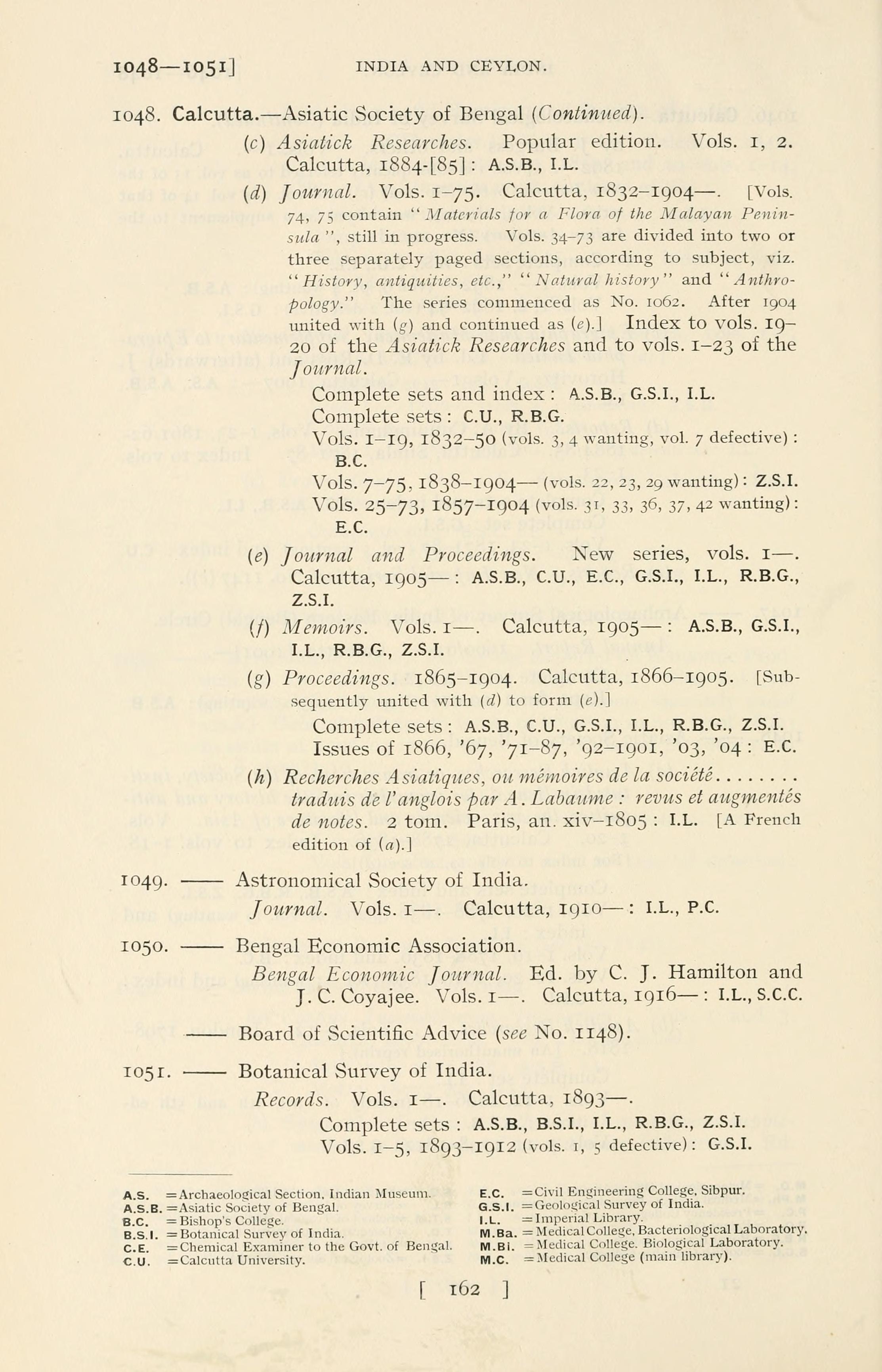A Consortium that Scans Together, Bands Together
Over the years, the BHL consortium has grown from its initial core of 10 members to now 15 member institutions across the United States and the United Kingdom.
While each institution contributes its own unique set of materials to the BHL collection, many of our collections share similar materials. Thank goodness we do because we rely on each other to help fill in gaps in the BHL corpus. But this is easier said than done. Have you ever tried to amass a complete set of 90+ year old objects into one place?!
The quick and dirty explanation of our digitization process is as follows — BHL consortium libraries:
- Work together to select books for scanning
- Do our best to make sure we don’t send the same materials for scanning, i.e. “de-duplication”
- Send the books from our shelves for scanning to various Internet Archive locations or to our own institutional scanning centers
- Send the bibliographic data from our library catalogs
- Render derivative files, such as the OCR (optical character recognition) text files
- Aggregate the data files and images for every page of every book scanned into our back-end database managed by the Missouri Botanical Garden
- Serve it all up via our website: http://biodiversitylibrary.org
And for those of us who prefer visuals:
Steps 1 and 2 can get complicated. Fast. Which is why we need the tools to help us coordinate who’s scanning what, when. To manage our communications we use an issue tracking system, in our case Countersoft’s Gemini system. Whenever you submit feedback via our website, a new issue, or ticket, is created in our system which we route to the appropriate BHL Staff for follow up. Send us feedback telling us something’s missing from our collection and we’ll try to find the BHL library who can send it for scanning. Sounds easy enough, right?
Wrong. Enter an old journal series which over the course of decades, centuries even, can modify its scope, alter its publication title and alter it again (and again…). Combine this with the changing practices of the printing, bookbinding, and library industries over the course of history and you have quite the task to gather the various pieces of the puzzle and arrange them into the complete picture of a publication.
 |
| Bibliography of Asiatic Society publications, |
The Journal of the Asiatic Society is one of my favorite examples of how the BHL member libraries work together to accomplish this task. The Journal changed its title various times since the late 18th Century and we have 4 of them in the BHL starting with Asiatick Researches (1788-1849) to the Journal and the Proceedings of the Asiatic Society (1905-1934). Since we started digitizing books for the BHL in 2007, this series has called on 7 different libraries to send various volumes for scanning in an effort to complete the digital set. The work still continues today. With so many libraries involved, it is not uncommon for there to be 3 different ways the titles were cataloged and 5 different ways the volumes were bound, for example, making the work of selection and de-duplication rather tricky.
Without systems that allow us to communicate in detail about who’s scanning precisely what, when, we’d have no way to aggregate 15 different physical library collections into a single BHL collection online. Our issue tracking system is just one of many tools that we use to communicate across various aspects of our digitization workflow. However, the tools would not mean anything if it were not for the hard work and collaborative spirit of the librarians throughout our consortium.





Dear Shyamal,
We're so pleased to hear how useful BHL has been to your efforts! We do hope to expand our BHL partnerships to India in the future to allow the unique and important materials held in Indian libraries to be accessible to researchers all over the world. If you have any contacts at any of the organizations you mention, please feel free to email them to feedback@biodiversitylibrary.org, and we will see if we can follow-up with them.
Also, we are still working to complete digitization of the Asiatic Society journal. We started working on digitizing this title three years ago, and the intricacies of the title, and its title changes, have made it difficult to gap-fill. We hope to have the work work completed shortly, however.
Thanks for leaving a note on our blog, and we hope you will continue to find the resources you need!
Sincerely,
The BHL Team
The Asiatic Society journal is a truly amazing work and its founder James Prinsep was equally so. As a private researcher, a species loathed in India especially by government officials, the BHL has been the only source that allow access to these materials readily. Unfortunately a couple of issues are still unavailable, unfortunately my attempt to find the missing issue failed but will post it when I do. I do wish some of the Indian libraries and archives would have the vision to join hands with you. There are apparently some amazing book collections at the Zoological Survey of India, the Bombay Natural History Society and so on unfortunately they do not consider it worth having archivists or subject matter specialists among their library staff (ie. with a science background that allows them to appreciate literature).